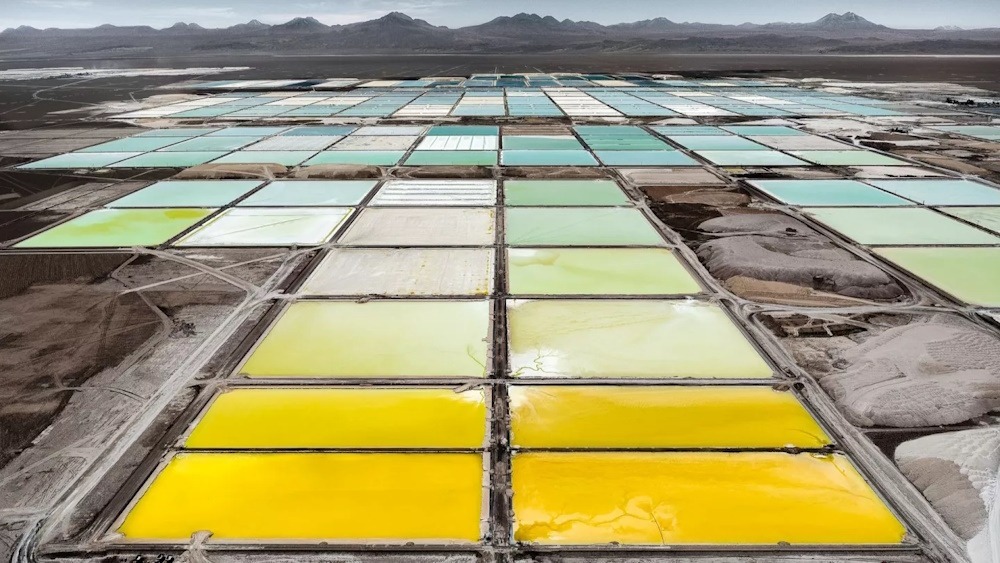Europe to increase its lithium mining

Europe is set to increase its lithium mining efforts in order to reduce China’s dominance in the market. Several new lithium mines are poised to open in Europe over the coming years, driven by the European Union’s efforts to boost the supply of this crucial metal for the energy transition. This move aims to reduce China’s dominance in the market. Lithium plays a vital role in reducing carbon emissions by being a key component in electric vehicle batteries. According to Fastmarkets, there is expected to be a significant increase in demand for BEVs in Europe over the next decade. This presents a challenge for the EU since the bloc heavily relies on China as the sole supplier of 97% of its lithium.
“Our reliance on China is a significant concern,” remarked President of the European Commission Ursula von der Leyen during a clean-tech conference earlier this year. The invasion of Ukraine by Russia and the subsequent energy crisis exposed Europe’s heavy dependence on a sole gas supplier. The EU aims to steer clear of that situation concerning lithium. In an effort to reduce dependence on Chinese lithium, the EU has established a goal of producing a minimum of 10% of its annual consumption by 2030. This objective is outlined in the Critical Raw Materials Act, which was implemented in May.
Investment into new mines in Europe is being hindered by the decline in lithium prices. In contrast, China has the advantage of lower costs, thanks to cheaper labor and energy, as well as easier financing from state-controlled banks. William Adams, a base-metals analyst at Fastmarkets, highlights these factors. This intensifies competition and saturates the market with an excess of supply, resulting in a decrease in prices.
Europe is facing significant challenges in terms of catching up. Acquiring the necessary expertise and being able to achieve it at a comparable cost is quite a challenge. According to Adams, the challenge lies in factors such as capex, labor, and energy, which pose significant obstacles. A couple of years back, lithium prices soared to $84,000 per metric ton due to the high demand for electric vehicles. Currently, as a result of the sluggish demand for electric vehicles and the influx of Chinese lithium supply into international markets, prices have plummeted by 88% to approximately $10,300 per ton. According to metals-investment manager Sprott, prices may not begin to rise until the end of this decade when the market goes into a deficit.
“China’s ability to maintain its leadership position in the market and exert price control extends beyond just lithium to include nickel and other metals,” commented Steve Schoffstall, director at Sprott, highlighting the advantage of China’s low prices.
London-listed Savannah Resources is on track to begin production by the end of 2026. The company operates one of Europe’s largest lithium deposits. The miner aims to extract sufficient lithium to supply lithium-ion batteries for at least half a million electric vehicles in Europe annually. According to Chief Executive Emanuel Proenca, this has the potential to increase to almost a million per year, depending on how effectively Savannah can optimize processing.
Several other mining companies in Europe are expected to join Savannah in the coming years, with the same goal of meeting demand. Fastmarkets has identified eight mines that are expected to begin production in the coming years, according to its forecasts. By 2034, the European mine supply is expected to increase significantly, reaching a production of 58,000 tons of lithium-carbonate equivalent per year. “These mines are of significant size and are in the process of becoming operational,” Schoffstall remarked. Ensuring that the supply is obtained domestically will enable Europe to regain control over pricing and establish a robust supply chain, according to the expert. “It helps to alleviate the situation similar to Europe’s dependence on Russia for natural gas, where they rely heavily on a single partner,” Schoffstall remarked.









